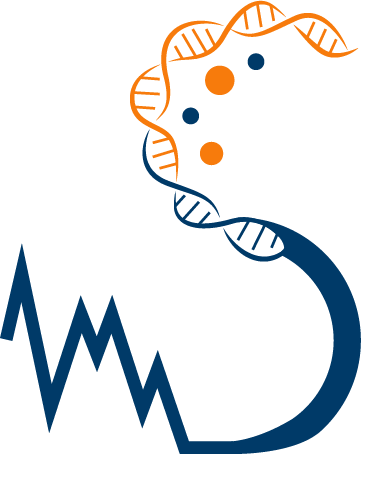User Guide¶
Squiggle is designed to be easy to use while still providing complete flexibility to the user. For the sake of demonstration, we’ll be using four different species’ β-globin genes (human, chimpanzee, rhesus macaque, and Norway rat).
For a full list of the command line options and their meanings, see the CLI Reference.
Basic Usage¶
The easiest way to visualize a sequence is by passing a FASTA file to Squiggle:
$ squiggle human_HBB.fasta
To use a different visualization method, provide --method with a setting
(see Visualization Methods for a description of the supported methods):
$ squiggle human_HBB.fasta --method=gates
Plotting Multiple Sequences¶
If your FASTA file has multiple sequences, they will get plotted together automatically. If, however, your sequences are in separate files, you can still plot them together by passing multiple files to Squiggle:
$ squiggle human_HBB.fasta chimpanzee_HBB.fasta norway_rat_HBB.fasta rhesus_HBB.fasta
To put them on separate plots, use the --separate flag:
$ squiggle human_HBB.fasta chimpanzee_HBB.fasta --separate
By default, their \(x\) axes are linked. This can be disabled with
--no-link-x (try if for yourself by panning around):
$ squiggle human_HBB.fasta chimpanzee_HBB.fasta --separate --no-link-x
Similarly, the \(y\) axes can be linked and unlinked with
--link-y/--no-link-y.
Note that when plotting seperately, Squiggle will try to make the layout as
square as possible. If you want to specify the number of columns, you can do so
with the -c option.
Also, be aware that, when plotting multiple sequences, clicking on the name of
the sequence in the legend will hide that sequence’s graph. This behavior can be
deactivated with the --hide/--no-hide flag.
Finally, the palette can be controlled by the -p option. Valid palettes can
be seen here:
$ squiggle human_HBB.fasta chimpanzee_HBB.fasta -p Accent
Controlling Output¶
If you don’t want to show your plot in a browser but would rather save it for
later, you can do so with the -o option:
$ squiggle human_HBB.fasta -o output.html
If you don’t have an internet connection, you can still use Squiggle by telling
it to include the full Bokeh plotting library in its output with --offline:
$ squiggle human_HBB.fasta --offline
Warning
This will signifcantly increase the size of your output file.
To adjust the dimensions of your output, use the -d option, providing the
width and height (in that order):
$ squiggle human_HBB.fasta -d 650 150
By default, Squiggle titles the plot with the name of the sequence, as determined by the FASTA file. If you want to override it, you can manually provide the title:
$ squiggle human_HBB.fasta -t β-globin
